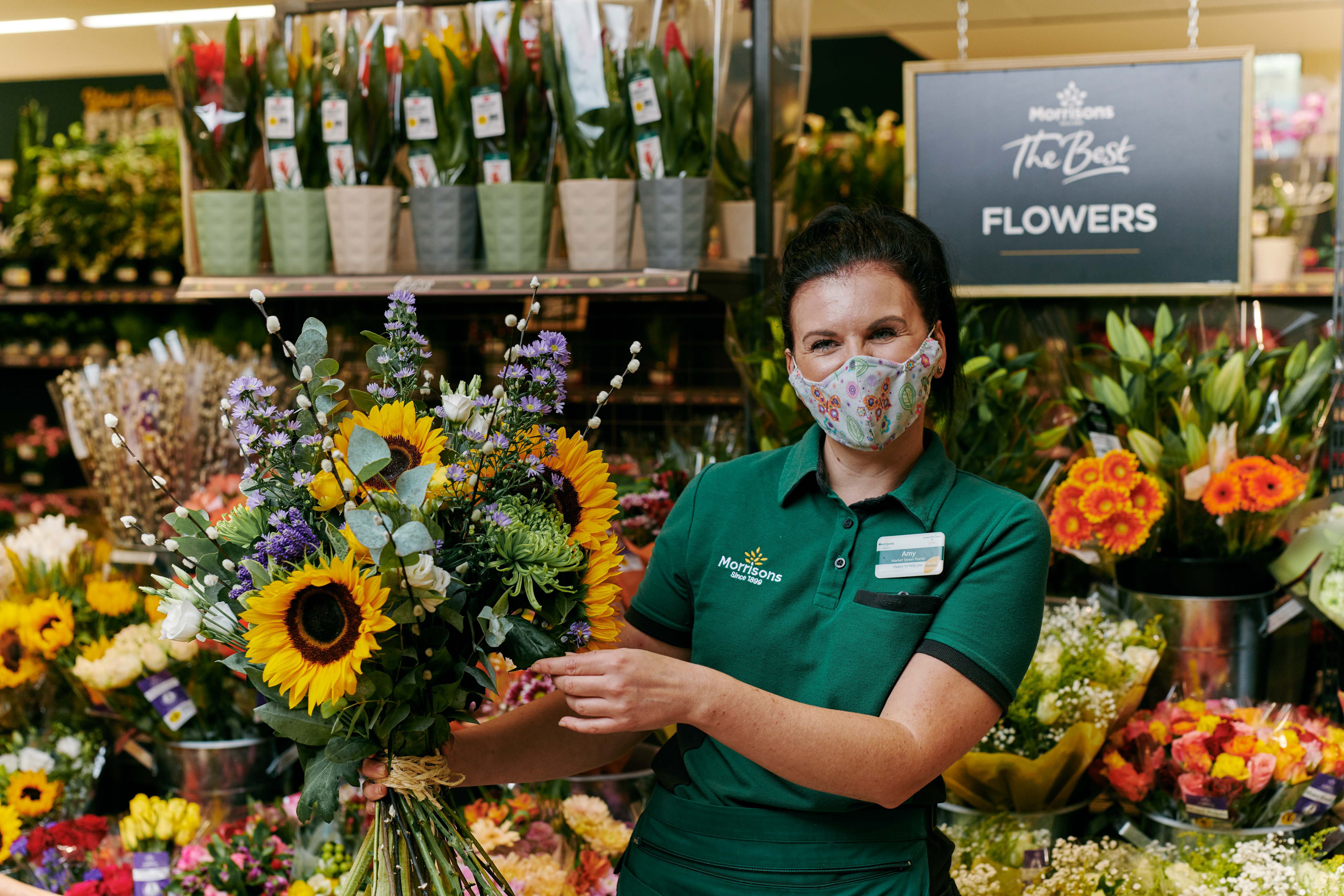Obtaining a copy of your deed and/or plat will help you pinpoint your property lines for fence placement. This will avoid costly mistakes and potential disputes with your neighbors.
Evaluate why you need a fence to determine what kind of design and material you want to go with. This will pin down many other details once your project gets underway. Visit https://www.maiseyfence.com/ to learn more.
Before construction begins, gather your supplies. This is an important step to help ensure that your fence will be constructed properly and efficiently. The more organized you are and the more supplies you have on hand, the easier it will be to complete this project.
Use a tape measure to determine the perimeter of your yard. This will give you an accurate idea of how much material to buy. It’s also helpful to locate and mark underground utilities such as water, electrical, gas, or phone lines before digging. This will help you avoid damaging these valuable services and prevent potential injuries to yourself or others.
Once you’ve determined the size of your fence, take measurements to figure out how many posts and rails are needed. A good rule of thumb is to have a line post every 6-8 feet, or one for each panel in your fence design. You’ll need end posts for anywhere the fence ends, such as your house, a tree, or a gate. For long distances of fencing, you might also need corner posts to connect two corners at a 90-degree angle.
A post hole digger is a very useful tool for constructing a fence. It has a slender digging blade that allows you to penetrate tough soils deeply and more easily than a spade. You will also need a tamping tool for ensuring that the soil around each post is compacted.
A wrought iron fence is an elegant and durable fencing option for your property. Its hardiness means it will last for years, even in harsh weather conditions. You can choose from several different finishes to complement your home’s style, and wrought iron fences are very easy to maintain. To maintain the finish of your wrought iron fence, you should clean it regularly to prevent corrosion.
Posts
The posts are the backbone of a fence, and they come in a variety of sizes, shapes and materials. Wood and metal are common, but each has its own advantages. For example, a wood post may be sturdier in certain contexts, while a steel t-post may better handle the load placed on it.
When choosing your fence posts, it’s important to keep in mind your specific needs and the legal stipulations for your area. Check with your homeowners or neighborhood association to learn about stipulations for fence height and building codes like a minimum depth for the holes in which you will set your posts. In addition, call to make sure your project area is free of underground hazards including buried power lines and gas pipes.
You should dig your posts at least 24 to 36 inches deep to guarantee they will be able to withstand the pressure of your fence and ground movements. Adding a layer of gravel to the bottom of the hole (like Quikrete All-Purpose Gravel) helps with drainage and prevents moisture from sitting at the base of the post, which can cause it to rot.
Once you’ve dug your posts, be sure to clean out the concrete base with a cold chisel and sledge hammer. This will prepare the surface for the rails to be installed later on, and it will also ensure that any future repairs will be done efficiently.
Once you’re sure that the holes have been cleaned out, it’s time to start setting your posts. Start with the corner posts, which will need to be set deeper than line posts because they will have to withstand more physical strain. Line posts will be set at consistent intervals along the length of your fence, usually 8 to 20 feet apart.
Rails
Fence rails are the next step in your fence installation process. They run along the ground alongside posts and create a clean line that defines your property boundaries. They also make for a visually pleasing look, which adds to your home’s aesthetic. Depending on the style of fence you choose, these rails can be installed with either panels or pickets. Panels are large pre-fabricated pieces that can be easily attached to the rails, providing a uniform look and speedy installation. Alternatively, rails can be left unattached for a more rustic look or to provide space for attaching barbed wire for extra security.
A ranch rail fence looks similar to a traditional wood fence and is a popular option for coastal properties. Its open design provides unobstructed views of the beach or water, which is a great feature for homeowners who want to enjoy nature from the comfort of their homes. However, it doesn’t offer much security and is unlikely to keep out a determined trespasser.
Post and rail fencing is relatively inexpensive compared to other fencing types. Its construction is very durable and can last for many years when properly maintained. The most important part of maintaining your fence is regularly painting or staining it to prevent rot and deterioration.
Before you begin working on your fence, it’s essential to get the proper measurements for your property. You should consult your property survey or talk to a professional who can help you find out exactly where your fence should be. You should also check with your neighbors to see if you have any shared property lines. It’s best to do this before you start building, as a fence can affect your neighbor’s land. Additionally, it’s important to check for any buried utility lines before you start digging holes. To do this, call your local utility locator hotline and request a technician to mark any lines running beneath or near your site with washable spray paint.
Pickets
The pickets of a fence are the horizontal members that make up the main part of the structure. These can be single pieces or a panel, depending on the style of fence being installed. If the panel is being used, it’s important to ensure that each piece is properly positioned and aligned to create a seamless look. It’s also important to ensure that the seams are tight and flush so that water and light cannot get through the gaps in the panels.
Wood fences are available in a range of styles from the classic white picket to more rustic boundary fences. Budget-friendly pressure-treated pine is a common choice, but it may need periodic staining to prevent moisture absorption. Redwood is more expensive, but it naturally resists insect infestation and weathering. It is often the preferred choice for professional builders.
Alternatively, some homeowners choose to install vinyl or metal fences. These types of fences offer a maintenance-free alternative to wood and are available in many different colors and designs. They are also more affordable than most other types of fencing. However, they are not suitable for everyone, as they require specialized knowledge and tools.
When installing a wooden fence, it’s important to plan for each section carefully and measure before beginning construction. This will ensure that the finished product meets local building codes. It is also crucial to choose the right type of wood for the job, as some varieties are more durable than others. For example, redwood is a harder and more dense wood than cedar, which makes it less likely to rot. It is also more resistant to insects than other woods, making it an ideal choice for high-quality residential fencing.
Panels
Fence panels are pre-made pieces of fencing that can be a popular choice for gardens and properties. They come in a wide range of sizes and designs, from traditional wooden options to more modern metal or vinyl alternatives. They provide a stylish and cost-effective way to divide a garden or secure property boundaries, and they can be easily fitted into posts and rails.
Fence panel materials can be made from wood, vinyl or metal, each with its own pros and cons in terms of durability, aesthetics and cost. Wooden options such as pressure-treated timber are a popular choice for their natural appearance and durability, while metal panels offer a more contemporary look that requires little maintenance.
If you choose a wood fence panel, be sure to select one that has been treated for protection against rot and insects. This process involves infusing the timber with a preservative that penetrates deep into the wood and becomes an integral part of the structure, offering lasting protection against rot and other threats. The process can result in the formation of green marks, a copper oxide layer that will fade naturally over time.
Before you begin installing your fence, check to see if there are any local regulations or homeowner association rules that apply to the type of fencing you intend to install. Some areas require a permit or have specific limitations on how tall or wide your fence can be. You should also consult your neighbours if you are building a fence on shared land, as it could affect their enjoyment of the space.
Once you have your posts and rails installed, it is time to begin attaching the panels. It is a good idea to use a level at every stage of the process, as this will help you ensure that everything is straight and even before you fasten it down. It is also helpful to have a second person nearby to hold up the panels or a stand to prevent them from falling over as you work.

